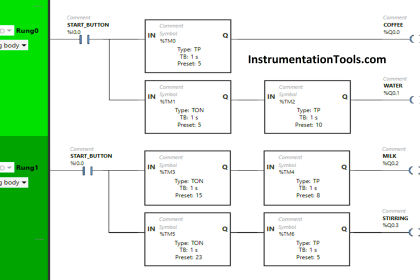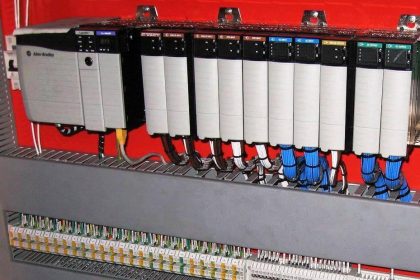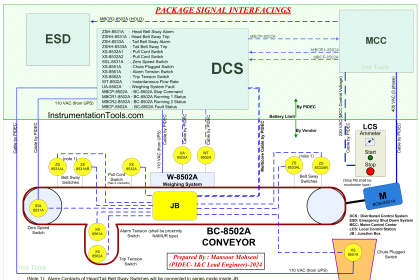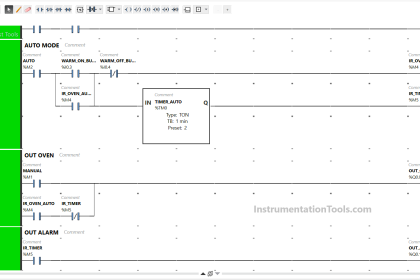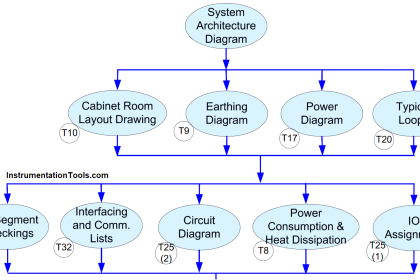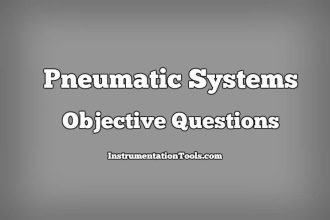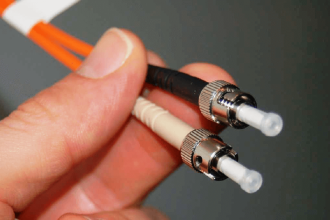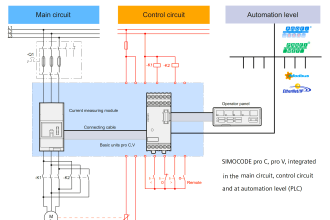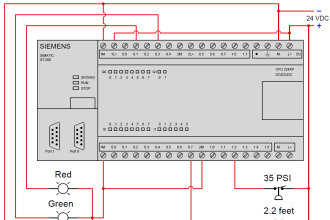Getting started with Allen Bradley Powerflex VFD
To get started with Variable Frequency Drives, we have to know why industries are using VFD?.
As the name explains, the VFDs are used to vary the frequency of the AC wave they are receiving and send it to the output where an AC motor is wired.
So ultimately we are using VFD to control the speed of the AC motor.
We all have heard of Motor Control Center (MCC), they’re used to supply the power to motors and also used to start the motor in an efficient way with protection.
Now we might have a question whether I should have a separate control to start the motor when we use a VFD?
The answer is we don’t need a separate control when we use a VFD.
VFD provides the following advantages,
- smooth starting
- smooth acceleration & deceleration time
- stopping methods
- reversal of motor
- reduce harmonics
- increase power factor
Allen Bradley Powerflex VFD
Now that we understand why we prefer VFD. we are gonna jump on to how it is being used and few steps to control the speed of a motor using AB Powerflex 525 VFD.
This is the control diagram or wiring diagram of the Powerflex 525 VFD,
As you can see the terminals have specific names. Each terminal is used in a way to control the motor in different methods.
To get started we’re gonna see the simplest method to control an AC motor.
SRC Control
This method is called 2 Wire SRC Control – Non-Reversing
Now we’re gonna navigate on the display of the VFD and set the following parameters on it.
- P046 [Start Source] this is called the start source parameter. We’re gonna set the P046 to 2 in the VFD. Meaning we’re telling the VFD the external button is used to start the motor.
- T062 [DigIn TermBlk 02] we are gonna set this parameter to 48. Meaning we’re telling the VFD it is a 2-wire control.
- P045[Stop mode] this parameter is used to specify how to stop the motor. There are more than 4 modes to stop a motor. By default, this parameter is set to ‘0’ which means ‘ramp to stop’ meaning the motor will slowly stop when it is told to stop.
- P043 – This is the parameter where we can set the minimum frequency the VFD will output.
- P044 – This is the parameter where we can set the maximum frequency the VFD will output.
- P047 – This is the parameter where we tell the VFD to use this as a speed reference. Means, when I make a change to it, calculate accordingly and match the frequency output between a minimum and the maximum frequency which is given in parameters P044 and P043 and P044. In this case, I am gonna give it to ‘1’ which means the control is given to the potentiometer on the drive. When I rotate the potentiometer on the drive the frequency varies accordingly.
Now we’ve completed the programming part of the VFD. We’re going to wire it now.
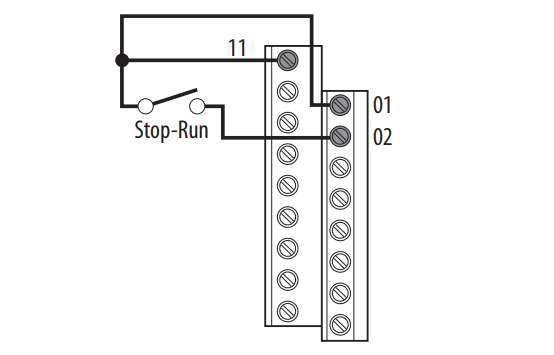
This is one way of wiring when we use the internal supply.
Terminal 11 is a 24v terminal and we’re wiring it to a NO switch and connecting the other end to the terminal two which acts as a source.
So when the switch is made to turn ‘ON’ the motor will start.
Terminal ‘1’ is called an emergency stop and always a 24v supply is to be wired to it otherwise the VFD won’t give output.
When we cut the 24v while the motor is running the VFD recognizes it as an emergency situation and stops the motor and won’t work until it is made to start again after giving supply to the emergency stop.
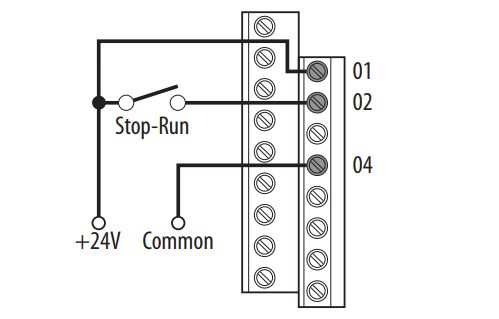
This is another way of wiring when we use an external supply.
Notice that we’re giving a ground connection to terminal 4 to complete the circuit.
We’ve learned the simplest way of designing and wiring the VFD to run an AC motor.
Author: Abishek D
If you liked this article, then please subscribe to our YouTube Channel for PLC and SCADA video tutorials.
You can also follow us on Facebook and Twitter to receive daily updates.
Read Next:
- Variable Motor Speed Control
- Motor ON OFF Logic in PLC
- Troubleshooting Pump Control
- VFD Working Principle
- AC Motor Speed Control

